How to Make Hot Water in an Emergency
Have you ever asked yourself how to make hot water in an emergency? Today, we’re diving into one of the most essential skills for any emergency: making hot water. Whether camping in the wild, facing a power outage at home, or just trying to be prepared for the unexpected, knowing how to create a source of hot water can be a game-changer. I’m excited to talk about how to make hot water in an emergency. Everyone deserves to have access to hot water, even in an emergency. Kelly Kettle or Butane Stove
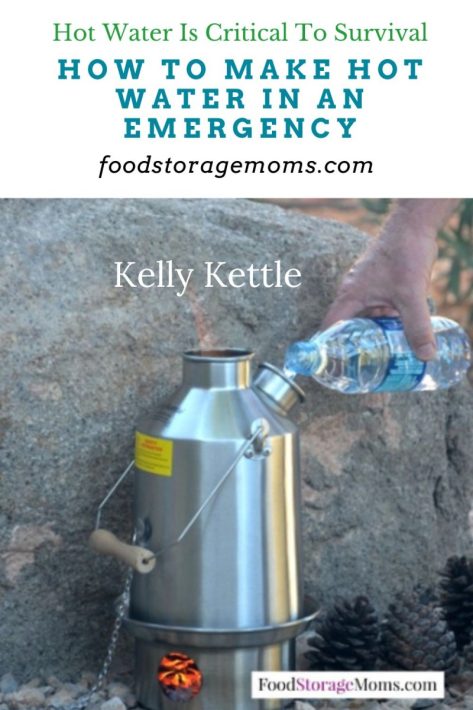
Why is hot water essential?
Before we jump into the how-tos, let’s talk about why hot water is such a crucial resource in emergencies. First, hot water is vital for staying hydrated. While drinking water straight from a stream or faucet might be okay in some situations, boiling it ensures that harmful bacteria and disease-causing parasites are killed off, making drinking safer. A hot tea or soup can provide much-needed warmth and comfort on a cold day or night.
Having hot water to rehydrate your dehydrated food may provide a more rapid option than soaking the food items in cold water.
Campfire Cooking
Ah, the classic method favored by outdoorsy types everywhere: the campfire. Building a fire is your best bet for heating water if you find yourself outdoors without modern conveniences. Start by gathering some dry wood and kindling to get your fire going. Once you’ve got a good blaze roaring, place a pot or kettle directly over the flames, preferably with a handle or makeshift hook for easy and safe handling. Keep an eye on it; before you know it, you’ll have steaming hot water ready for all your hydration and cooking needs. The Top Survival Kitchen Cooking Essentials
Portable Stove
Investing in a portable camping stove is wise if you’re more of a weekend warrior than a full-on survivalist. These nifty gadgets run on small propane canisters or other fuel sources and quickly heat water without needing a full-blown campfire. Set your stove on a stable surface, ignite the flame, and place your pot or kettle on the burner. It’s like having a mini kitchen right in your backpack! How To Make A Portable Kitchen
Solar Power
For those sunny days without power or fuel, harnessing the sun’s energy is an intelligent solution. All you need is a clear plastic or glass container and some patience. Fill your container with water and set it out in direct sunlight. The sun’s rays will heat the water over time, though it may take a while, depending on the intensity of the sunlight and the temperature outside. This method works best in warmer climates or during the peak hours of daylight. How To Use Solar To Boost Your Survival
Car Engine
Believe it or not, your trusty vehicle can double as a makeshift water heater in a pinch. If you find yourself stranded in your car during cold weather, turn on the engine and let it run to build up some heat. Then, carefully fill a heat-resistant food-grade container with water and place it near the engine block (but not too close to any moving parts or hot surfaces). The heat from the engine will gradually warm up the water, giving you a hot beverage to sip while you wait for help to arrive. Your Car Needs Emergency Items For Survival
Insulated Containers
Last but not least, if you have access to hot water but no immediate way to retain the heat, you can maximize its warmth by storing it in insulated water storage containers. Thermoses, travel mugs, and even simple blankets or jackets can help retain heat and keep your water warm for longer. This can be especially handy if you’re dealing with limited fuel resources and need to conserve heat as much as possible. 30 Ways to Stay Warm When It’s Cold Outside
More Tips
- How to Preserve Water During a Drought
- Purified Water vs. Spring Water: The Differences
- Strategies for Conserving Water in an Emergency
- How to Use Rain Water at Home
What’s the quickest way to heat water in an emergency?
The quickest method for heating water in an emergency largely depends on available resources. If you can access a heat source like a campfire, fireplace, or portable stove, these options will typically be the fastest. However, if you’re without power or fuel, methods like solar power or chemical reactions may take longer but can still be effective with patience and planning.
We need heated water for showers (in a bag), washing dishes, and, of course, personal hygiene.
How can I ensure the water is safe to drink after heating it?
Boiling water is the most reliable method for purifying it in emergencies. Bring the water to a rolling boil for at least one minute (or longer at higher elevations), then allow it to cool before drinking. If boiling isn’t possible, water purification tablets or water purification systems with filters can help remove contaminants, although these methods may not be as effective as boiling.
Clear water doesn’t mean it’s safe to drink. The water may have toxic chemicals, bacteria, viruses, heavy metals, or other toxic substances that make it unsafe. Having hot water is great, but having safe water is really more important and they can be the same thing.
If you can’t boil the water, you can use unscented household chlorine bleach to kill most bacteria and viruses. Bleach comes in various amounts of chlorine. A rule of thumb is to use a dropper and place 8 drops in a gallon of water if the chlorine is 6% or 6 drops if the chlorine is 8.25%. If the water is at all suspect, use the bleach method to reduce risk. Even if it’s just for brushing teeth or washing dishes, you’ll want clean water!
Can I assume the water from my water heater is safe to use in an emergency?
Even though the water in that hot-water tank appears to be “hot”, if water from the local water utility has entered the hot water tank after a declared emergency, the water may be contaminated. The “emergency” may take the form of flood waters, broken water mains, or incapacitated utility water pumps, the water running into your home through plumbing pipes from the utility could be tainted.
If you have need for an emergency water supply, as mentioned, boiling the water or using bleach can help make that water safer. I also want to mention Big Berkey and PortaWell water filtration systems to generate filtered water. They both work great and I’ve used both systems. The Big Berkey filtration systems use a gravity-fed approach, while the PortaWell systems have a battery backup unit that allows filtering without household power. You can also get the PortaWell system with an optional 50-watt solar panel.
Final Word
So, there you have it, a comprehensive guide to making hot water in emergencies. Whether you’re roughing it in the wilderness or facing unexpected challenges at home, these clever techniques will ensure that you never go without a hot cup of tea or a steaming bowl of soup when you need it most. May God Bless this World, Linda
Copyright Images: Cooking Coffee Outside Woman Holding Cup Depositphotos_232249428_S By JuraJarema,

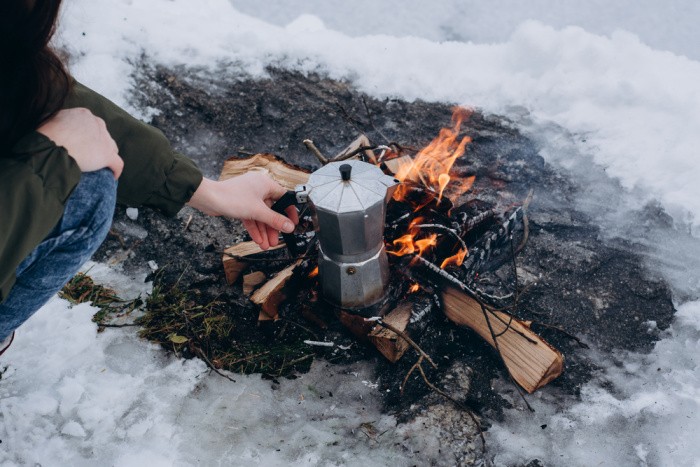

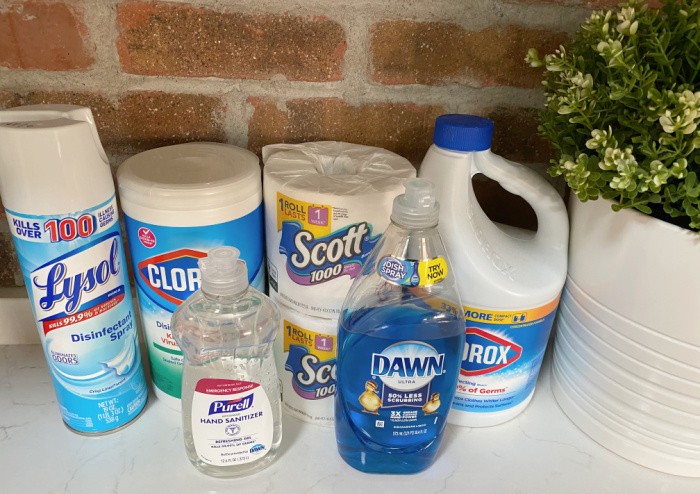
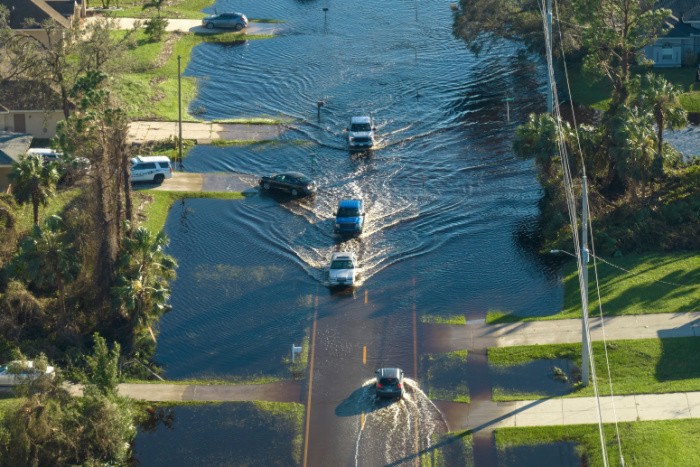

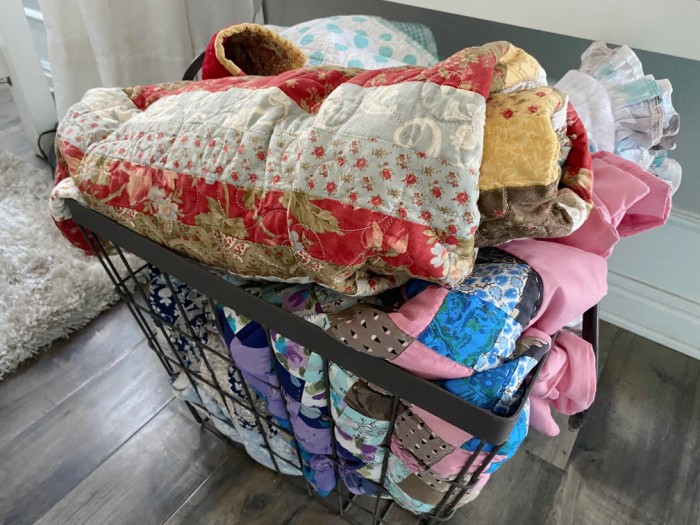
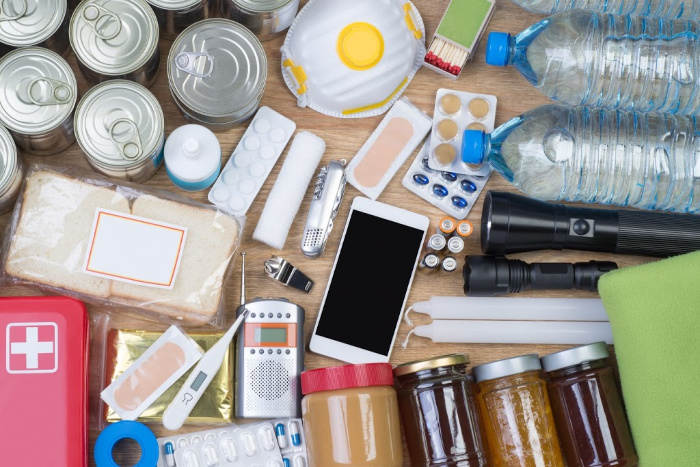
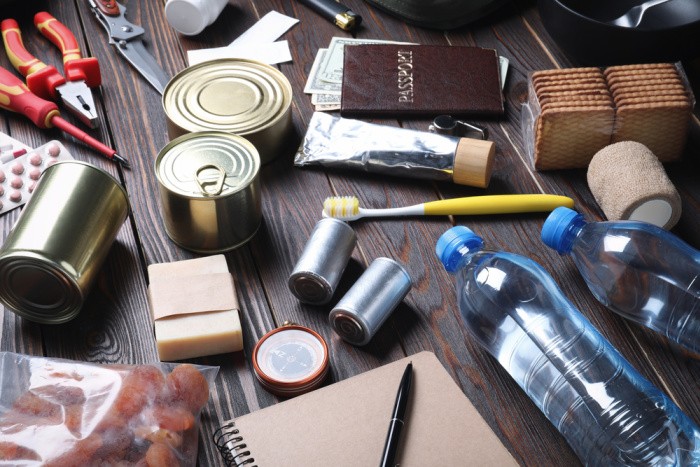
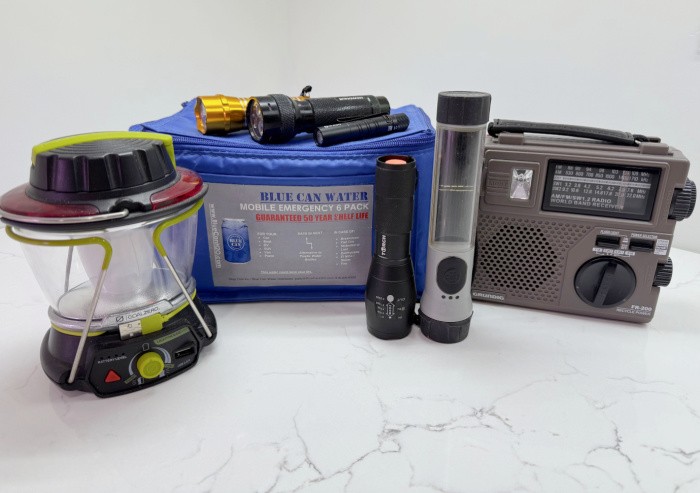
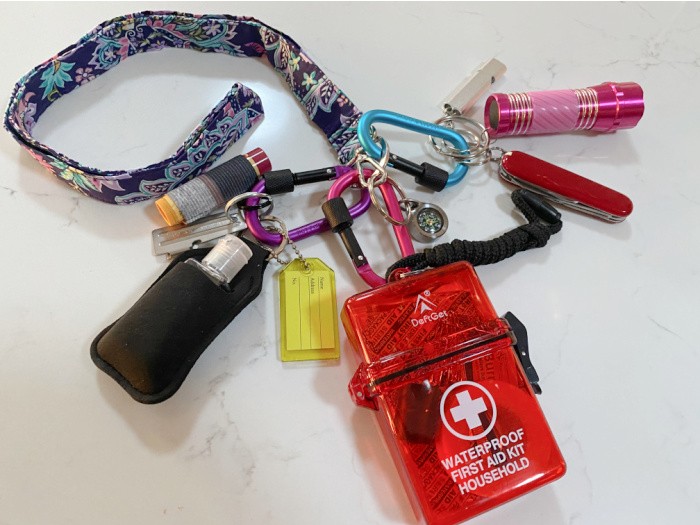











The old military deuce and half’s has a flat exhaust manifold and was easily accessible on one side with a fold down panel. I used to heat canned goods on it in Germany.
Good times
Hi Matt, you have had some great experiences, love hearing them. Linda
I worked as a construction inspector for several years. One of the ways we heated our lunch was on the manifold of the concrete trucks. We placed our foil wrapped lunches on the manifold, the truck went to the placement site and when it returned to the concrete batch plant, our lunches were warm to hot!!
Hi Leanne, oh my gosh, what a great way to have a warm to hot lunch ready for you! I love stories like this, it makes us think outside the box. Linda
bimart.com/stovetec/c/stovetec
With a handfull of sticks, and a handfull of starting materials, I can boil 6 quarts in 15 minutes using Stovetec and Superpot in 40F windy raining Portlandia back yard.
It’s not for backpacking, but it would go with me in 1990’s Escort wagon for camping roadtrip (local fuels saving fancy backpack fuels). In grid down scenario (9.5 Earthquake, 1.8 Million in metro), water purification with neighborhood survivors bringing fuel and water for a burn after the propane runs out. No fan, no lithium battery, no USB to fail.
Hi pdx r13, this sounds great, thanks for sharing. I love it! Linda
Don’t forget a camping classic, a black plastic water bag with a shower attachment. Possibly not safe for human consumption, but very useful for cleaning up, washing dishes, clothes, and showers. I have seen these on a car roof heating up in the sun, or hanging from a tree. And they fold flat for storage.
Hi Marie, oh yeah, that’s a good one to add to the list. We have to be able to heat water for personal hygiene, wash dishes, and washing clothes. Thank you for the great reminder, adding to the post. Linda